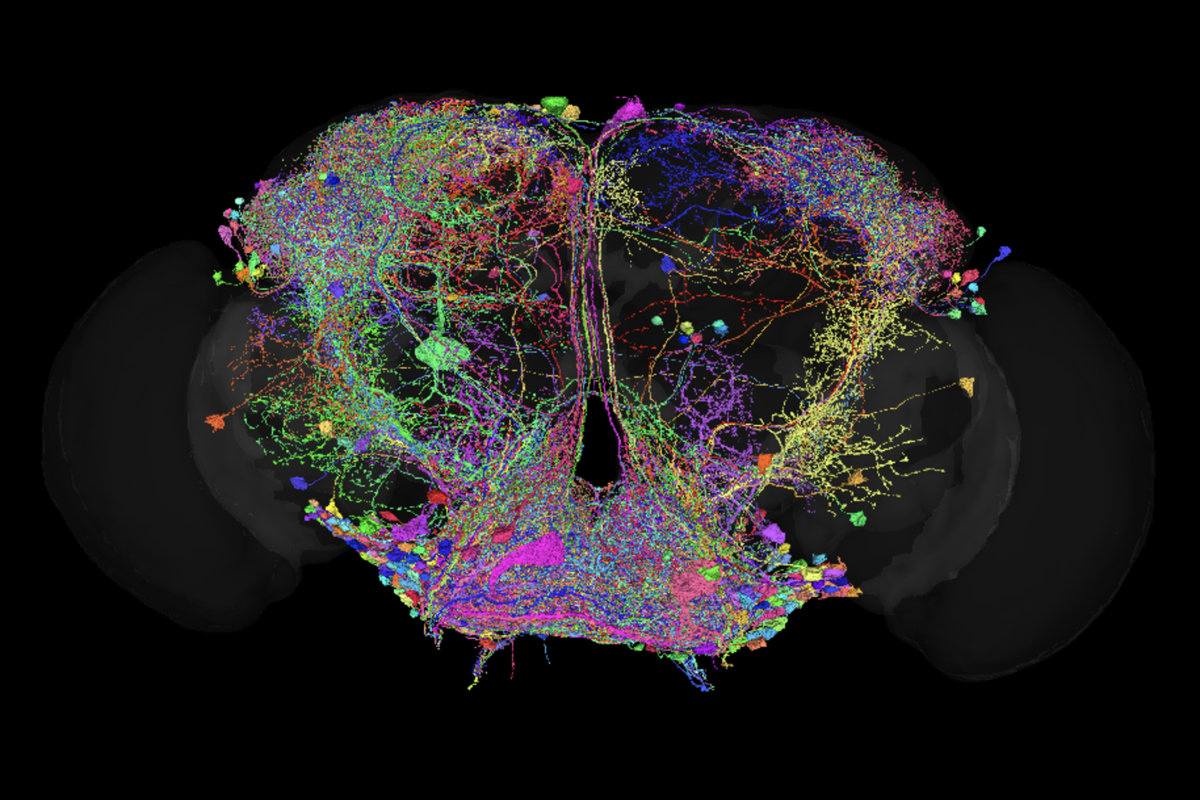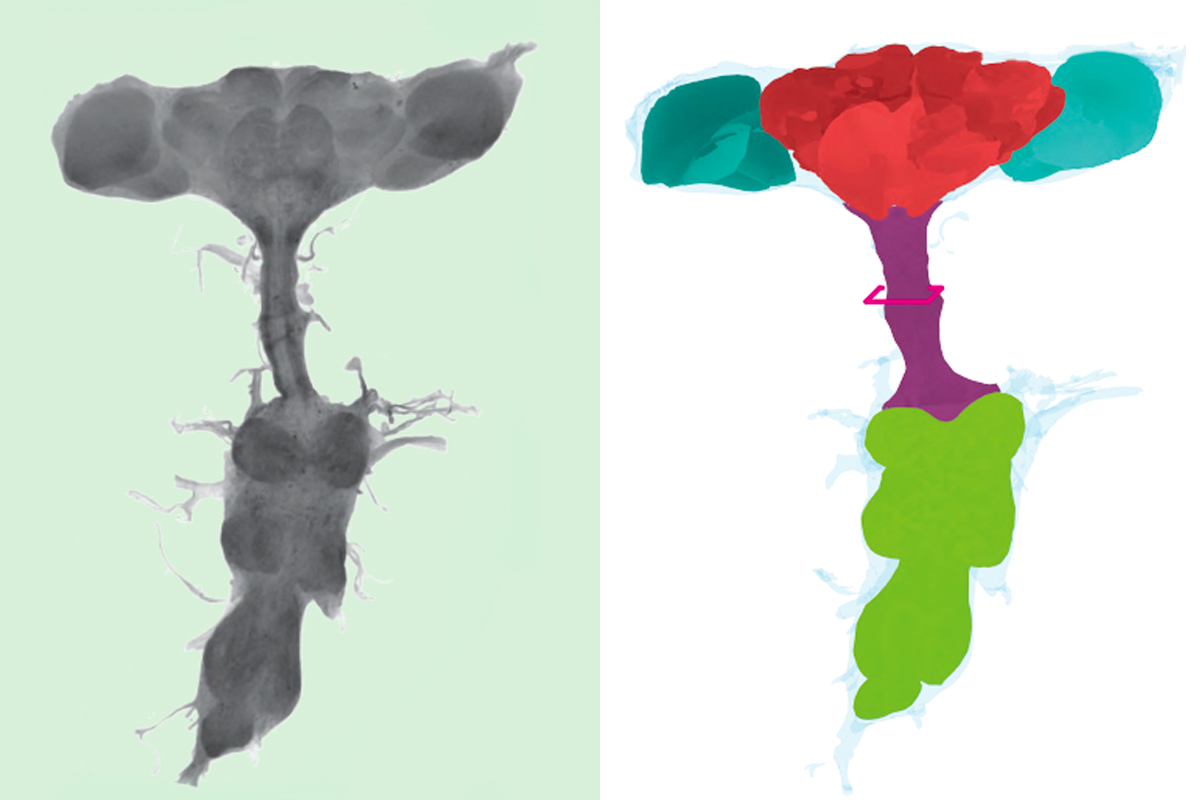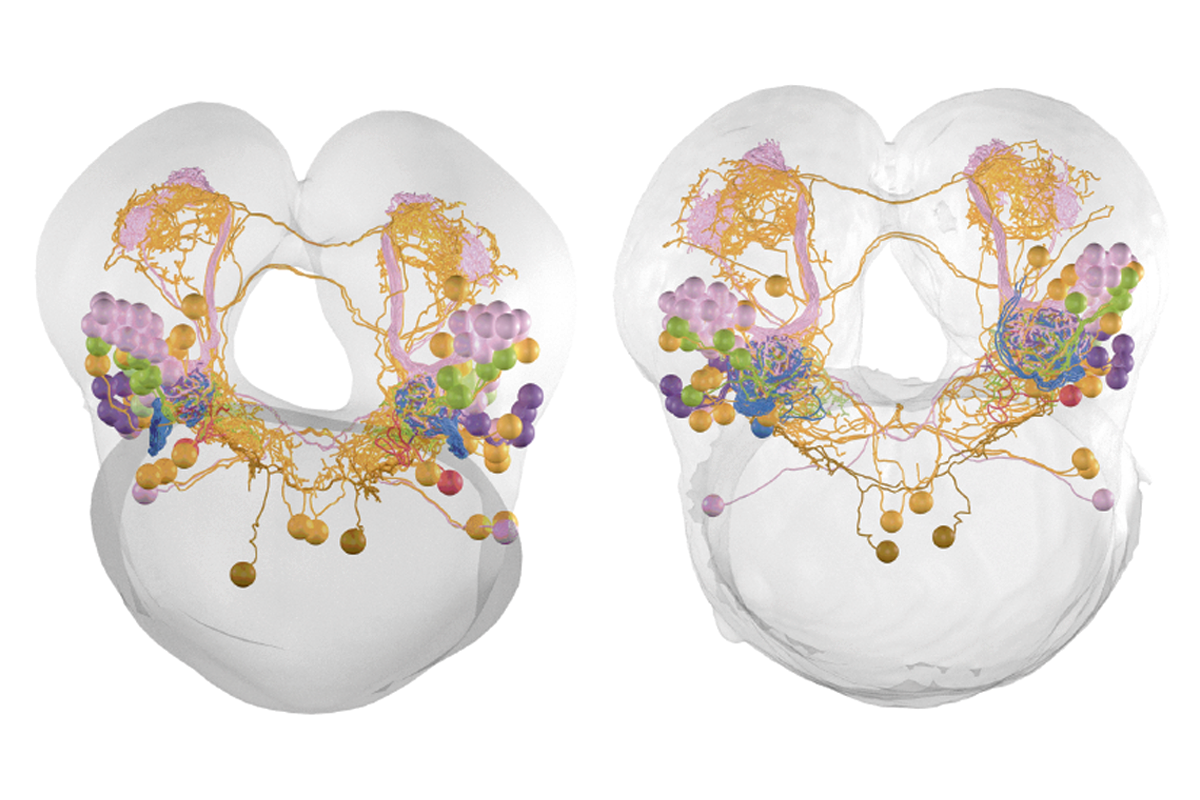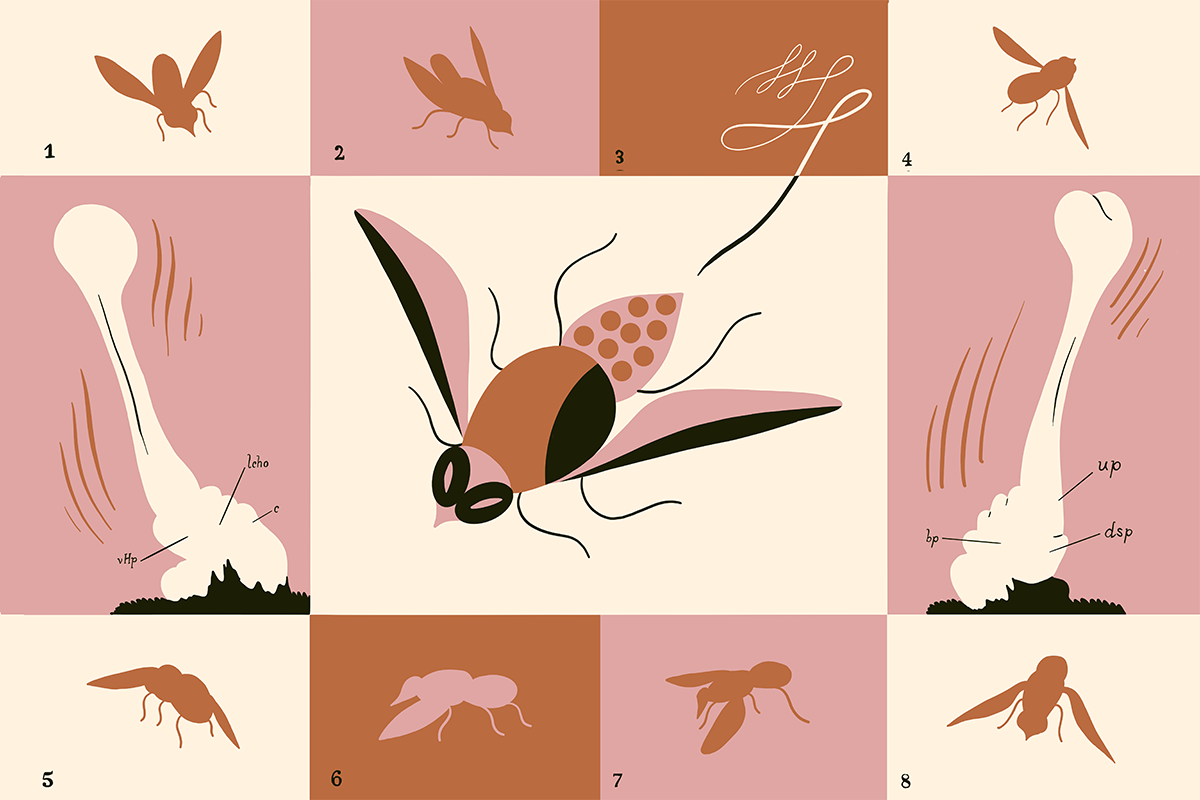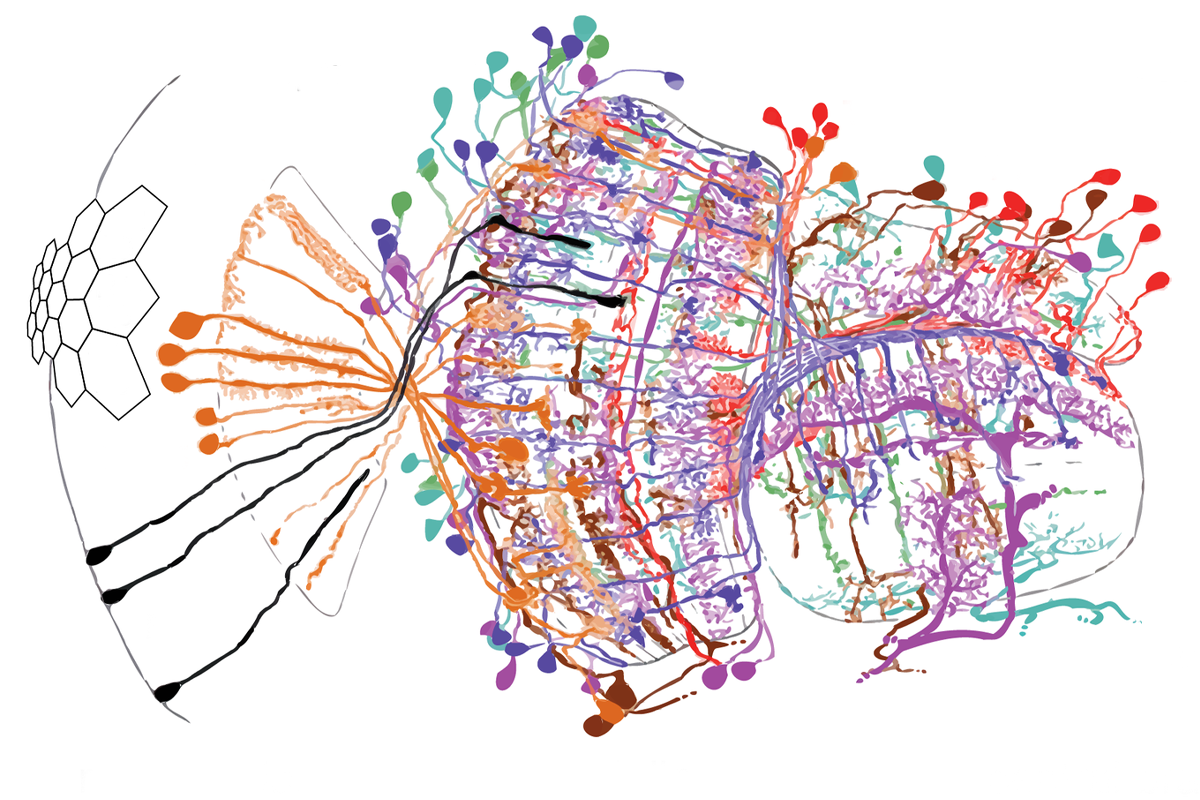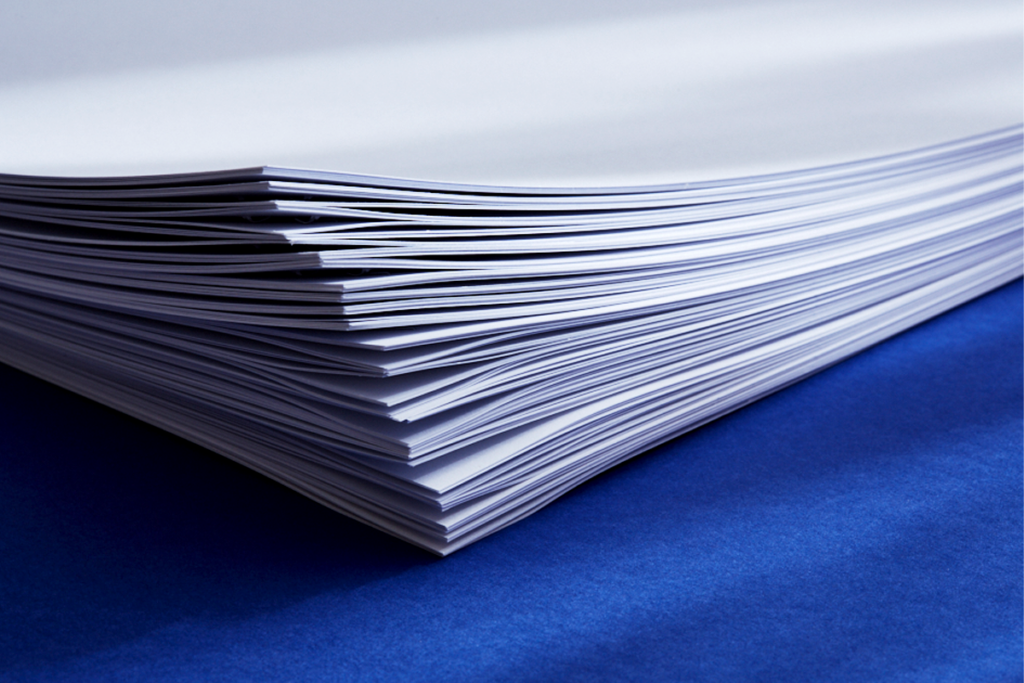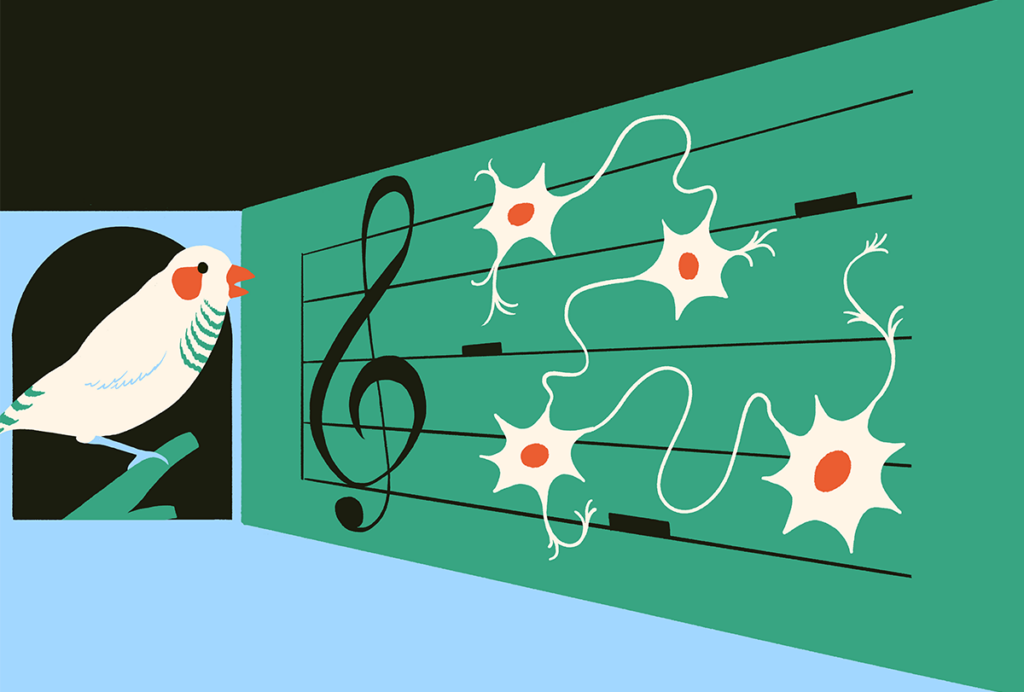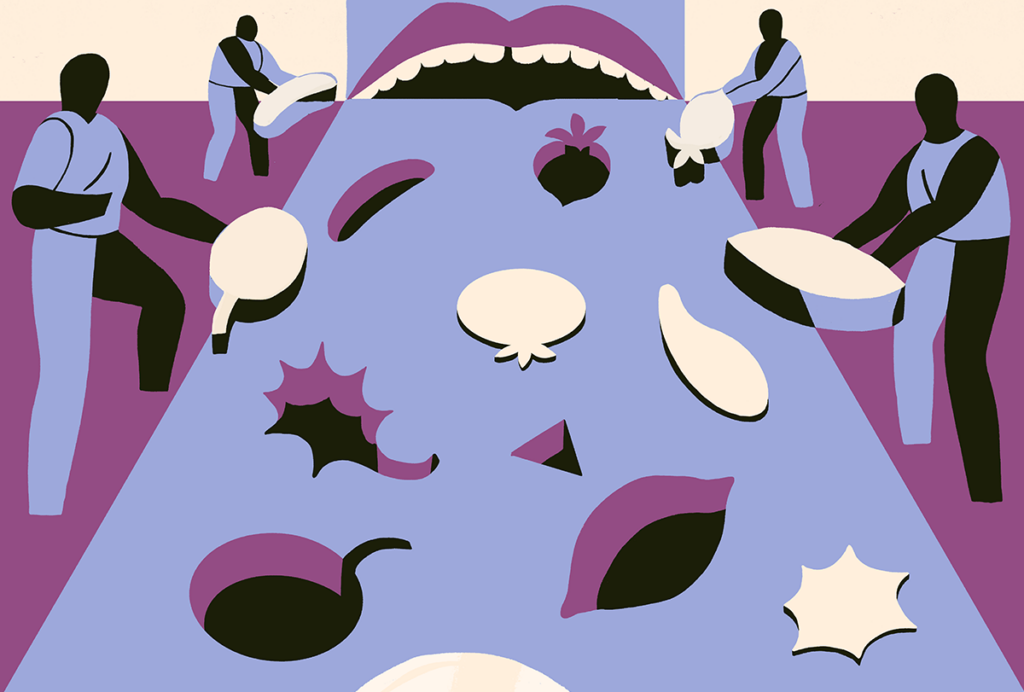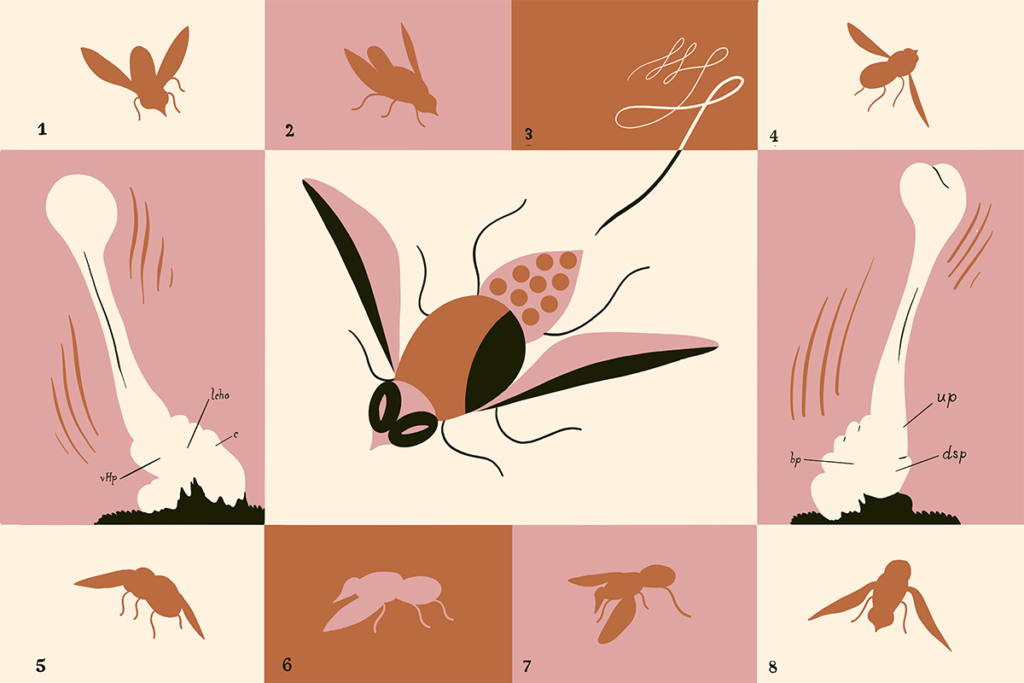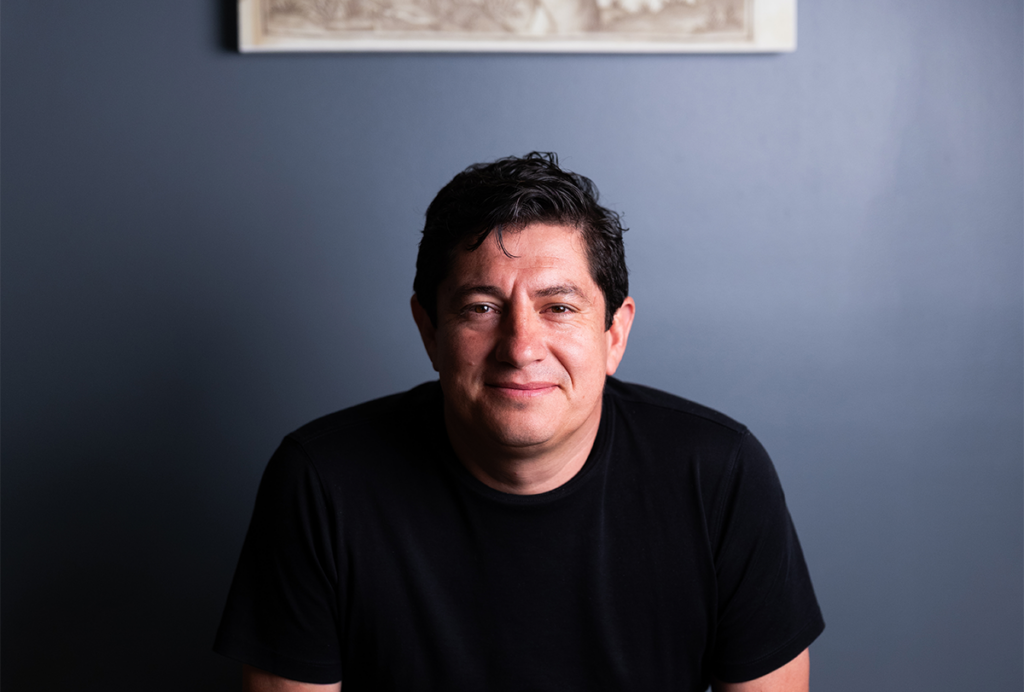Featured
Nikolay Kukushkin discusses his book, ‘One Hand Clapping: Unraveling the Mystery of the Human Mind’
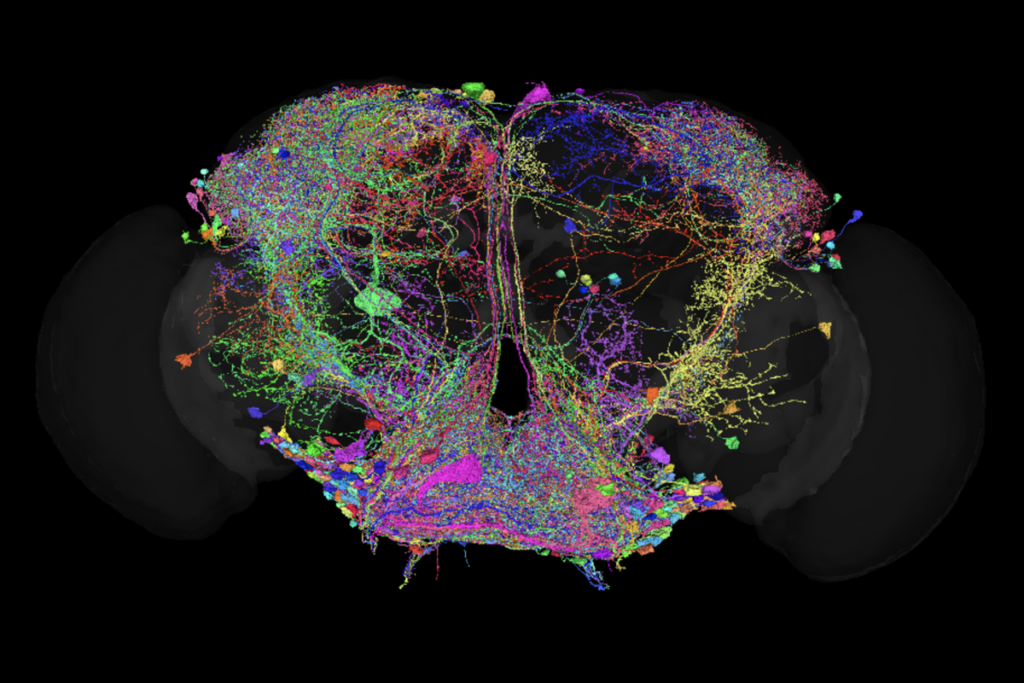
One year of FlyWire: How the resource is redefining Drosophila research
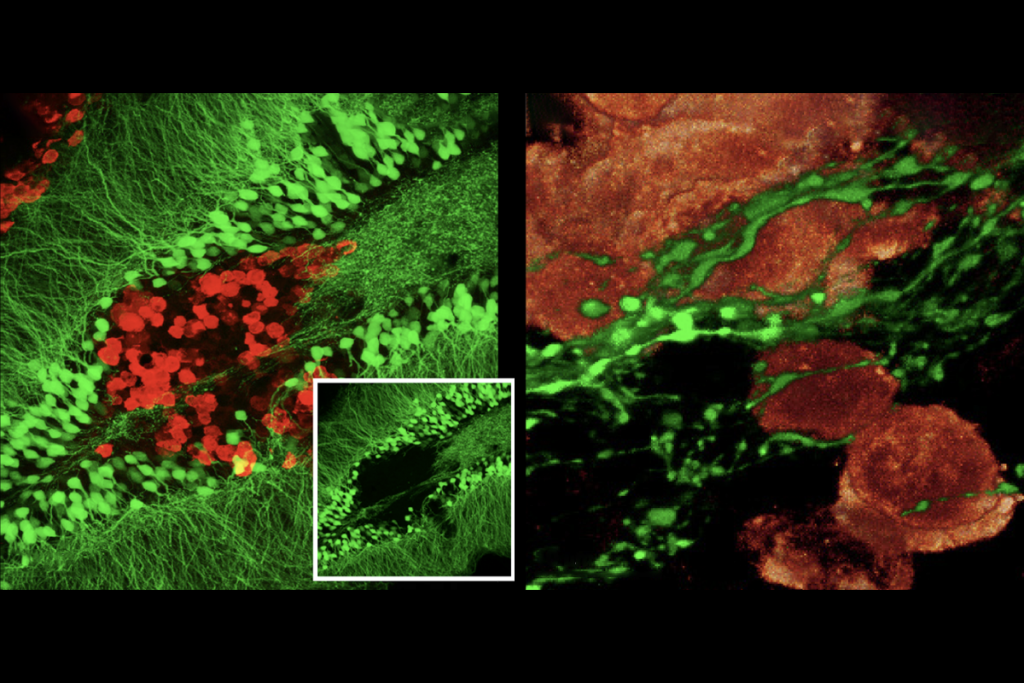
Neurons fuel lung tumors that have spread to brain
Today’s action potentials
”It’s been transformative; FlyWire has dramatically accelerated hypothesis generation and circuit mapping by making whole-brain connectivity accessible and searchable. — CAROLINA REZAVAL, PROFESSOR OF NEUROGENETICS, UNIVERSITY OF BIRMINGHAM
Upcoming Webinars
The tubulin code in neuron health and disease : focus on de…
NF1 exon 51 alternative splicing: functional implications i…
Organization of thalamic networks and mechanisms of dysfunc…
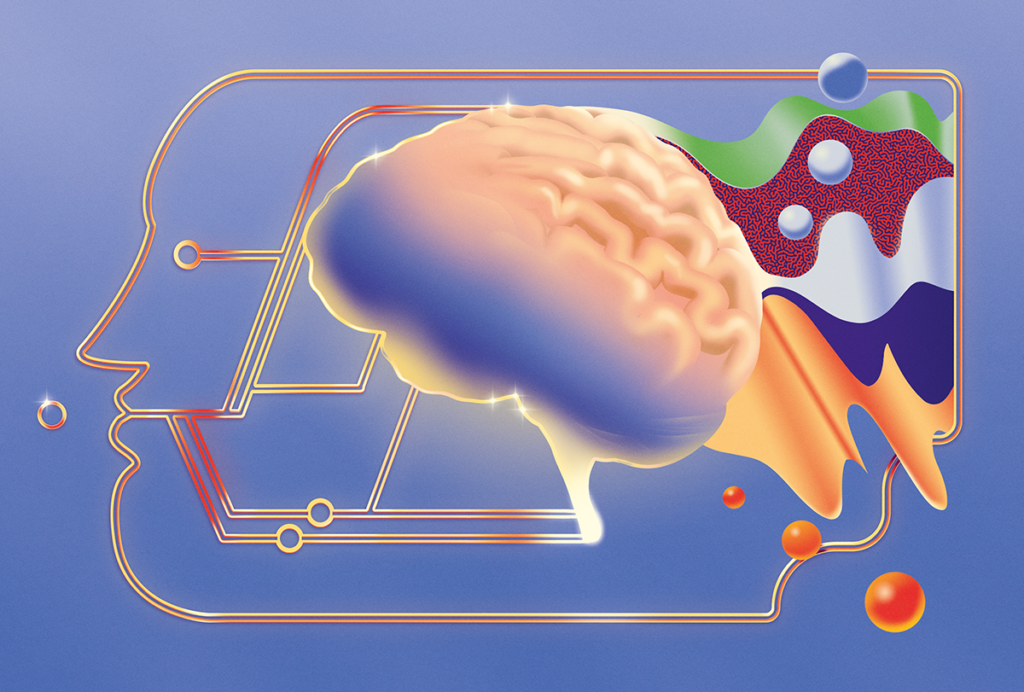
Why we need basic science to better understand the neurobiology of psychedelics
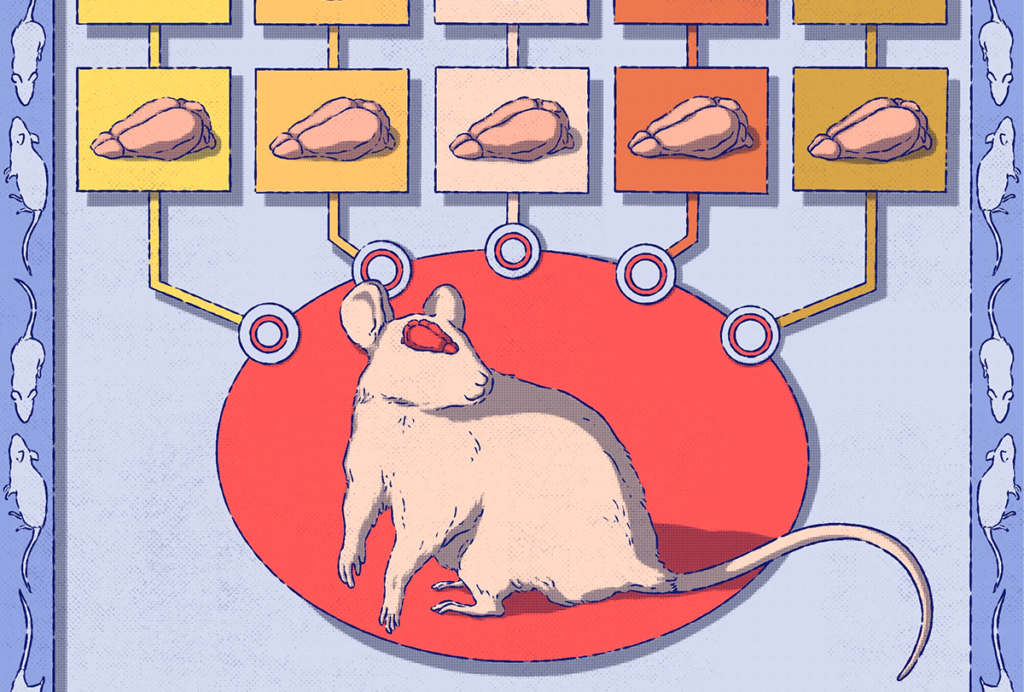
Reproducibility is a team sport: Lessons from a large-scale collaboration
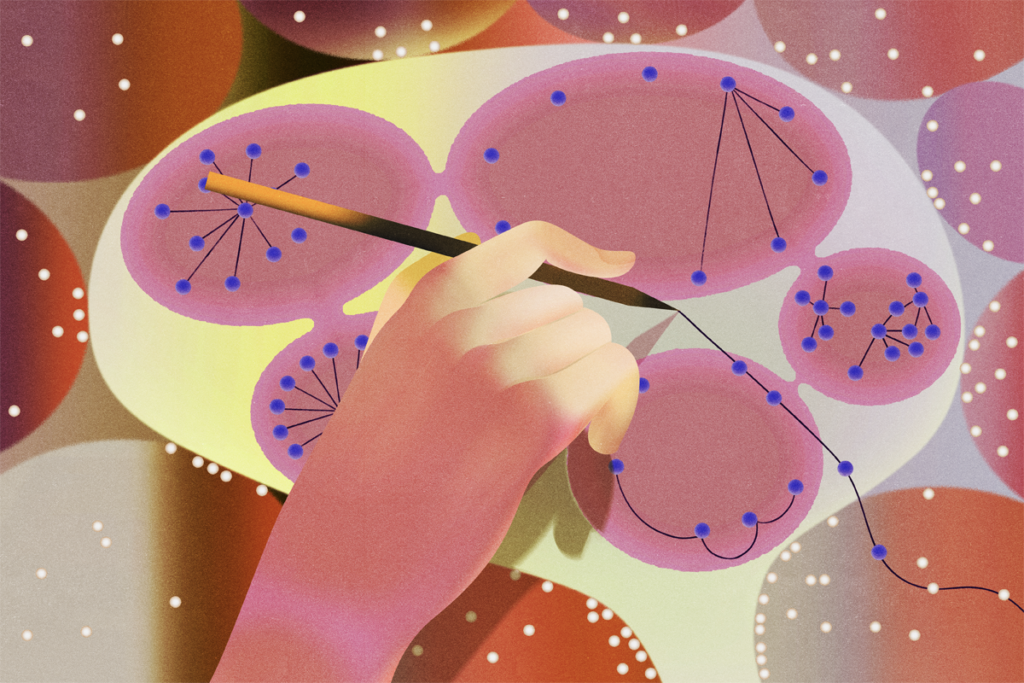
Beyond Newtonian causation in neuroscience: Embracing complex causality
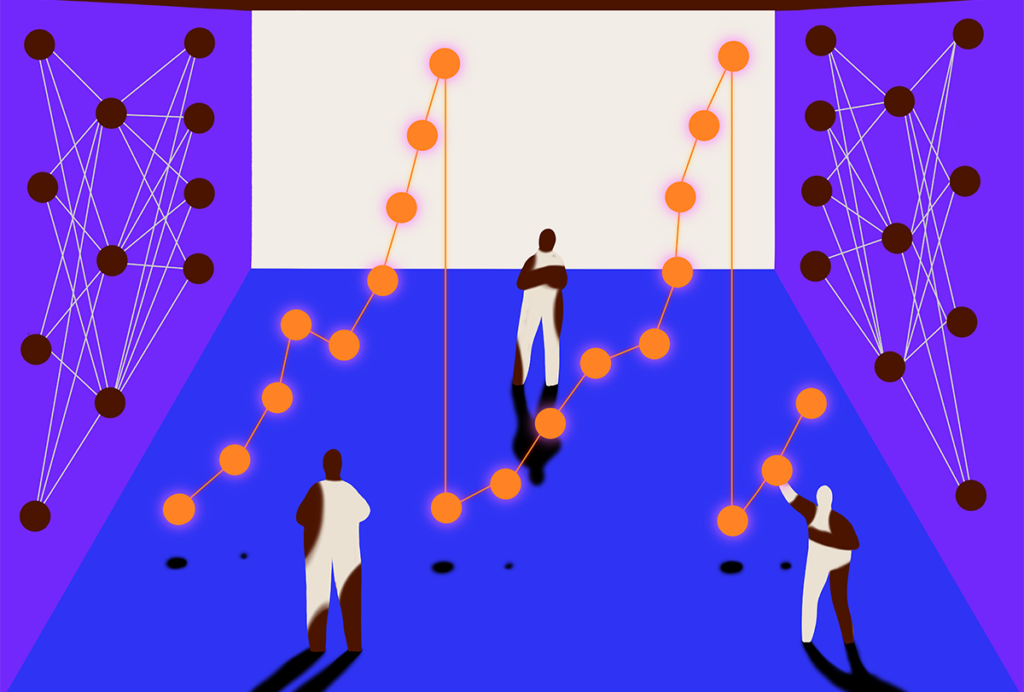
This paper changed my life: Dan Goodman on a paper that reignited the field of spiking neural networks

Meet the Autism Data Science Initiative grantees
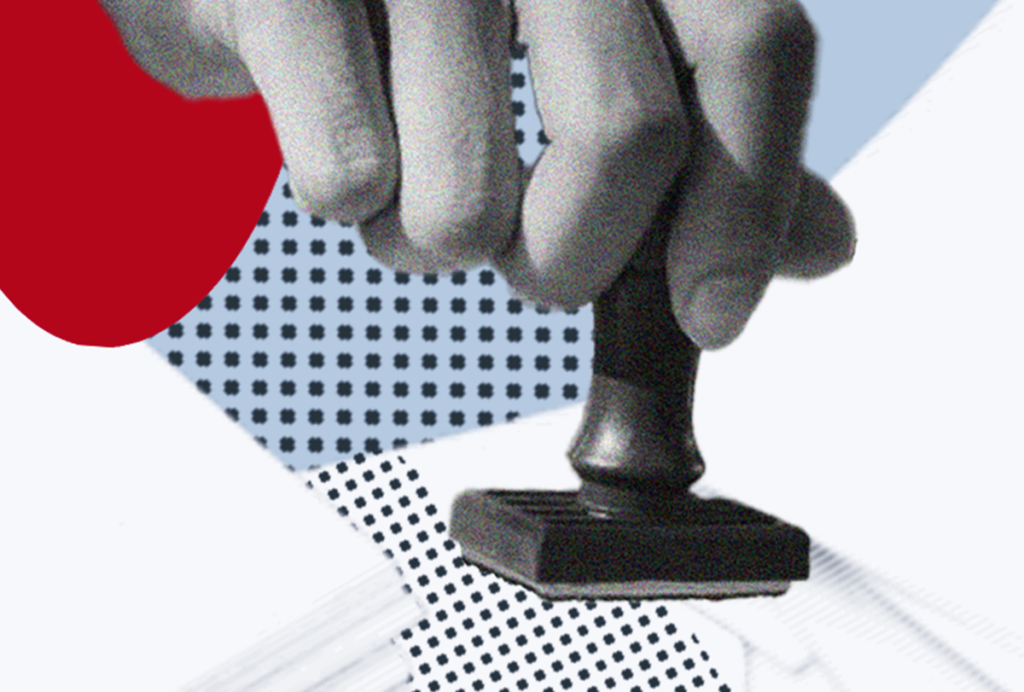
Autism researchers ‘pleasantly surprised’ by list of NIH data project grantees, despite initial concerns
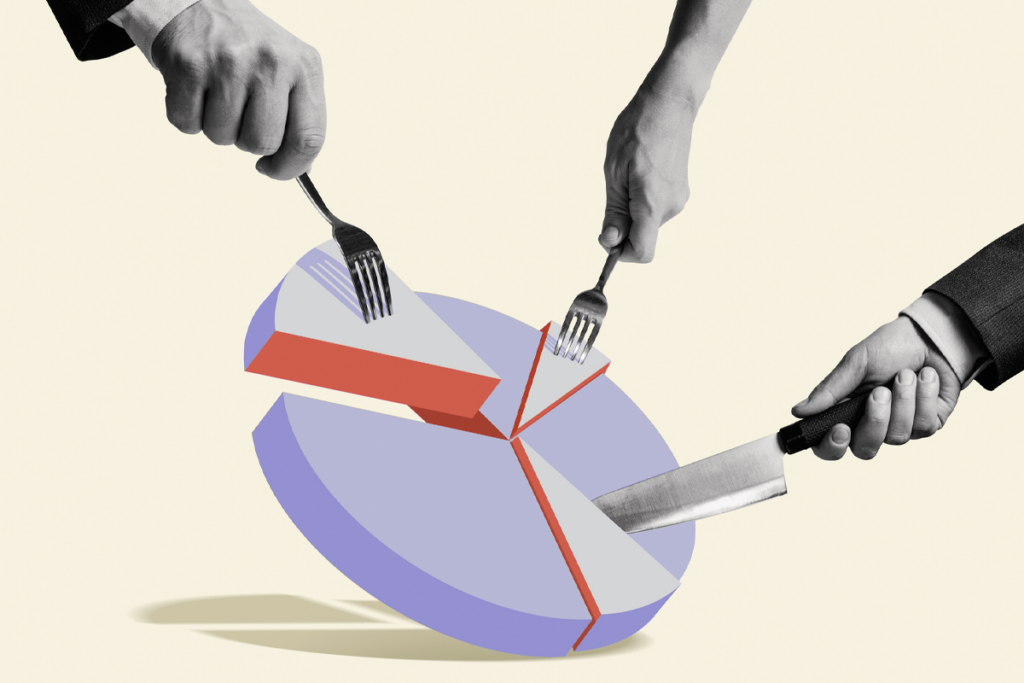
NIH awarded 37 percent fewer neuroscience-related grants in 2025 than in past years
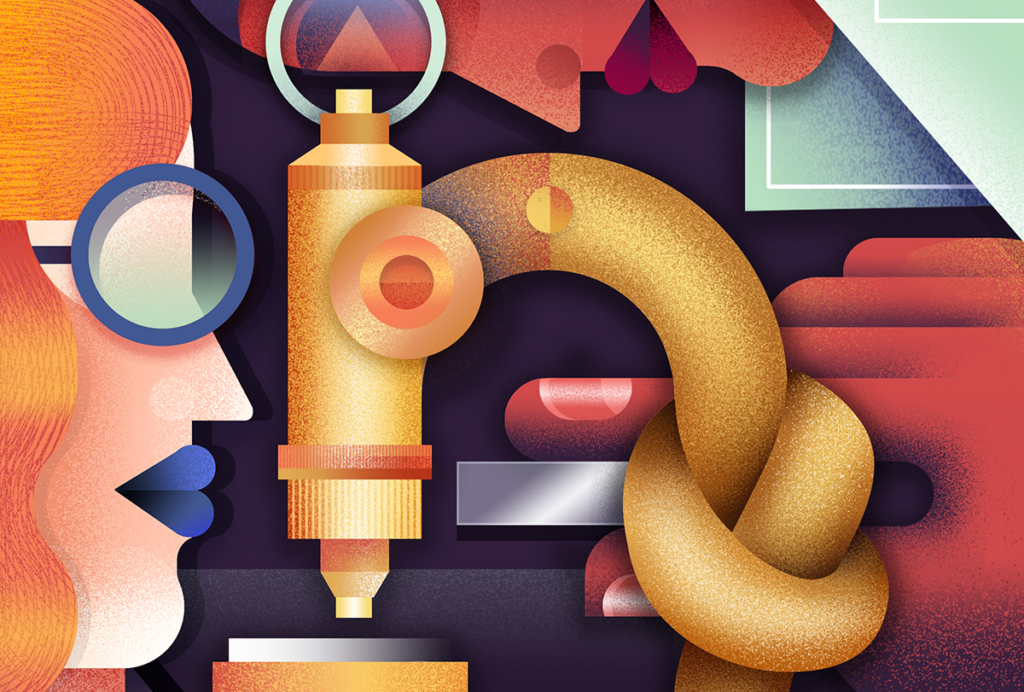
International scientific collaboration is more necessary—yet more challenging—than ever
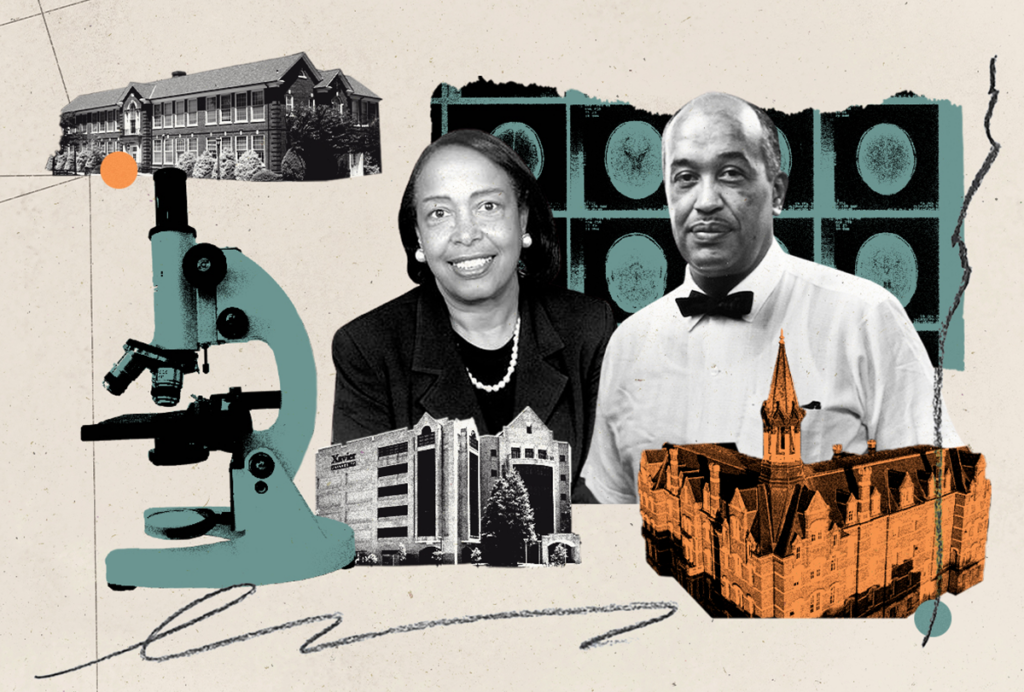
Building the future of neuroscience at HBCUs
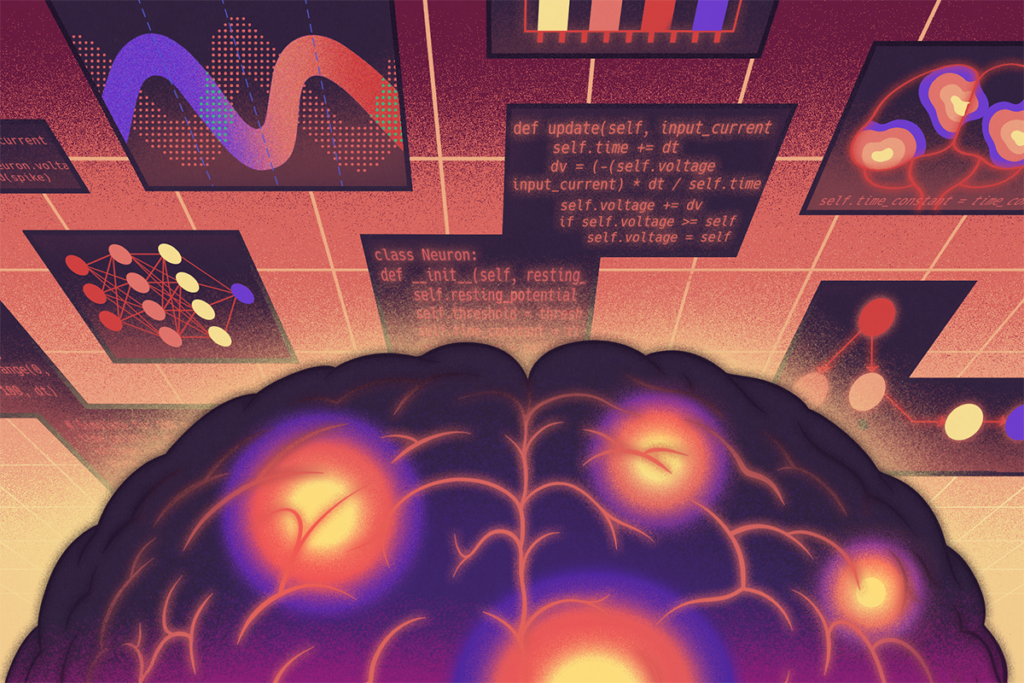
Should neuroscientists ‘vibe code’?

What U.S. science stands to lose without international graduate students and postdoctoral researchers
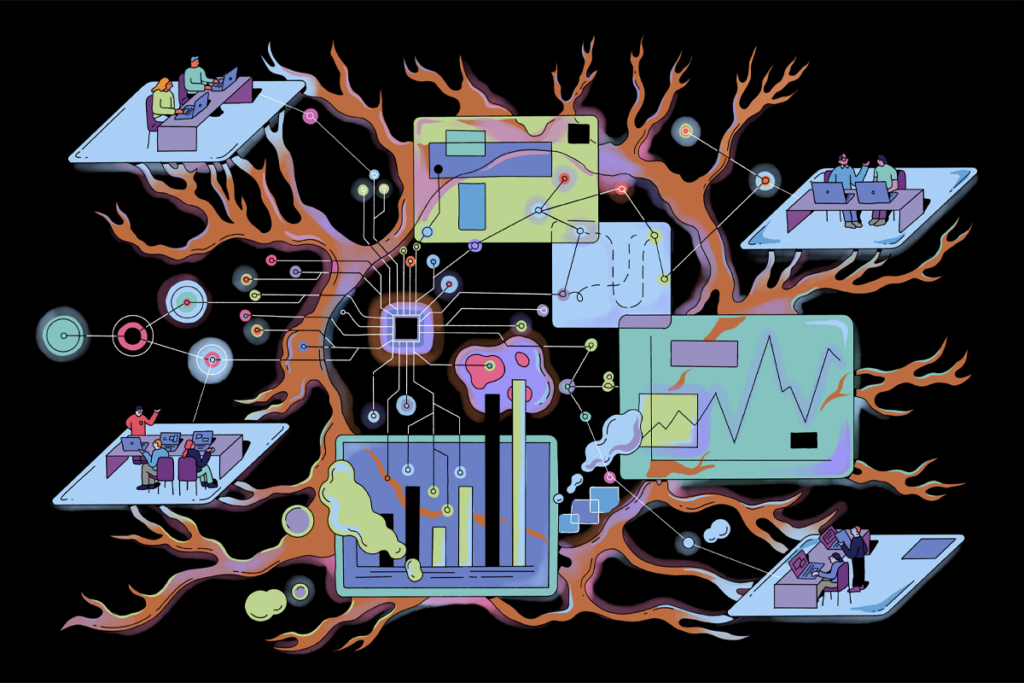
How to build a truly global computational neuroscience community
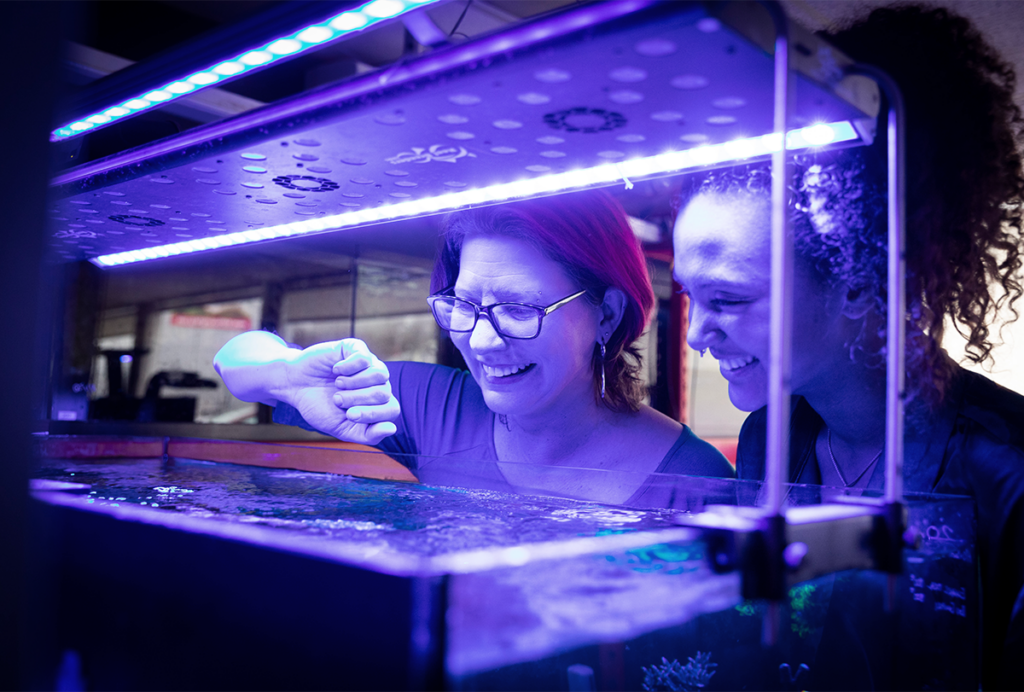
Cephalopods, vision’s next frontier
For decades, scientists have been teased by the strange but inaccessible cephalopod visual system. Now, thanks to a technological breakthrough from a lab in Oregon, data are finally coming straight from the octopus brain.
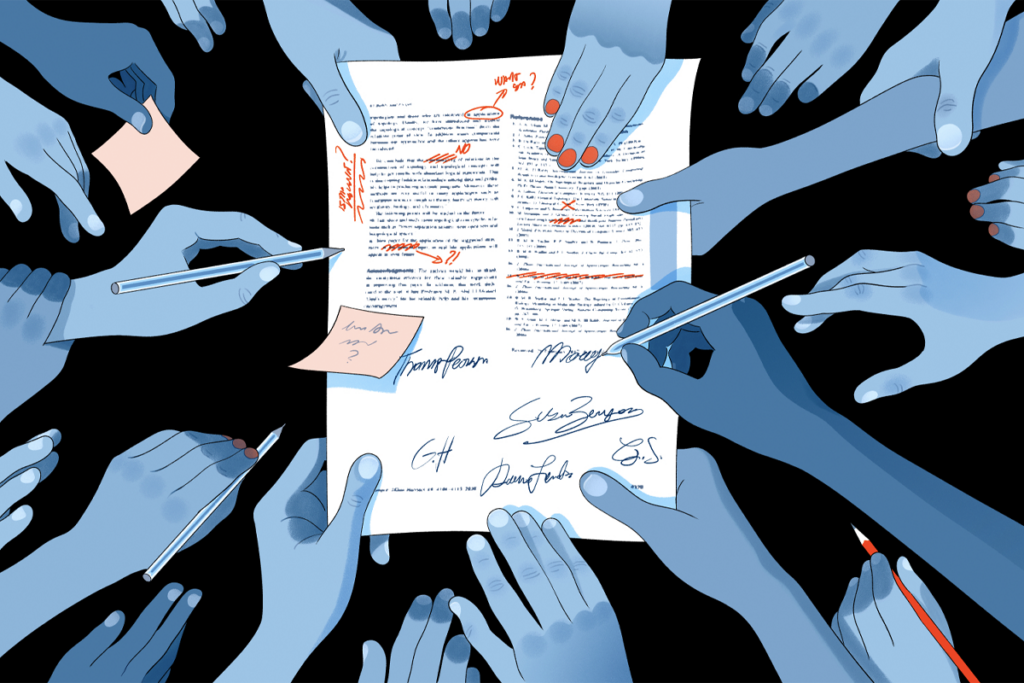
The last two-author neuroscience paper?
Author lists on papers have ballooned, and it’s getting hard to discern contribution.

From bench to bot: Why AI-powered writing may not deliver on its promise
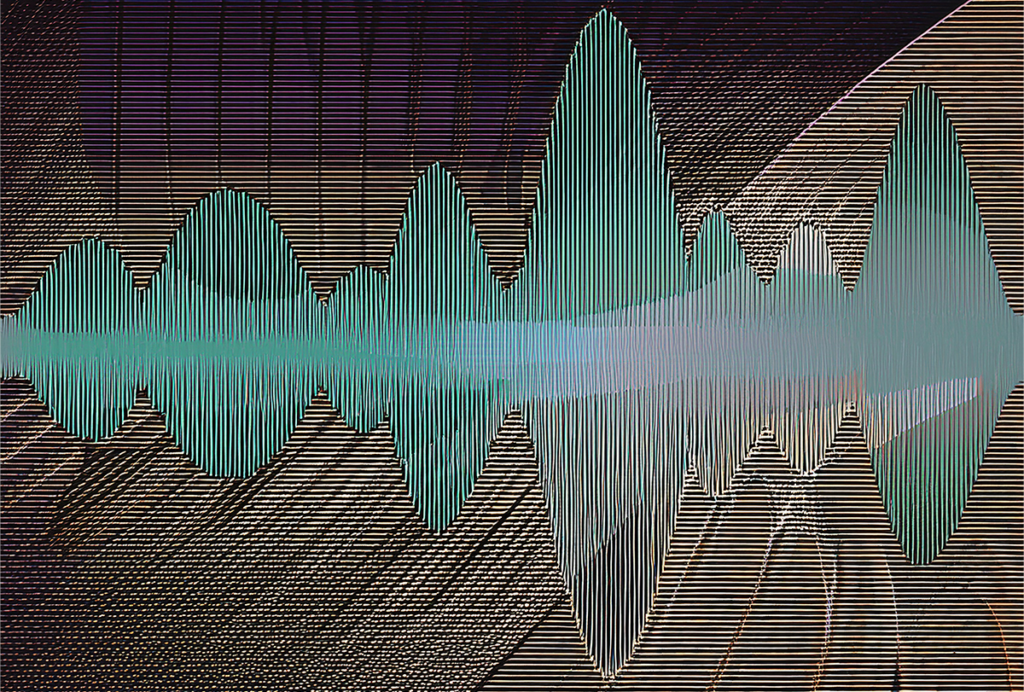
Keeping it personal: How to preserve your voice when using AI
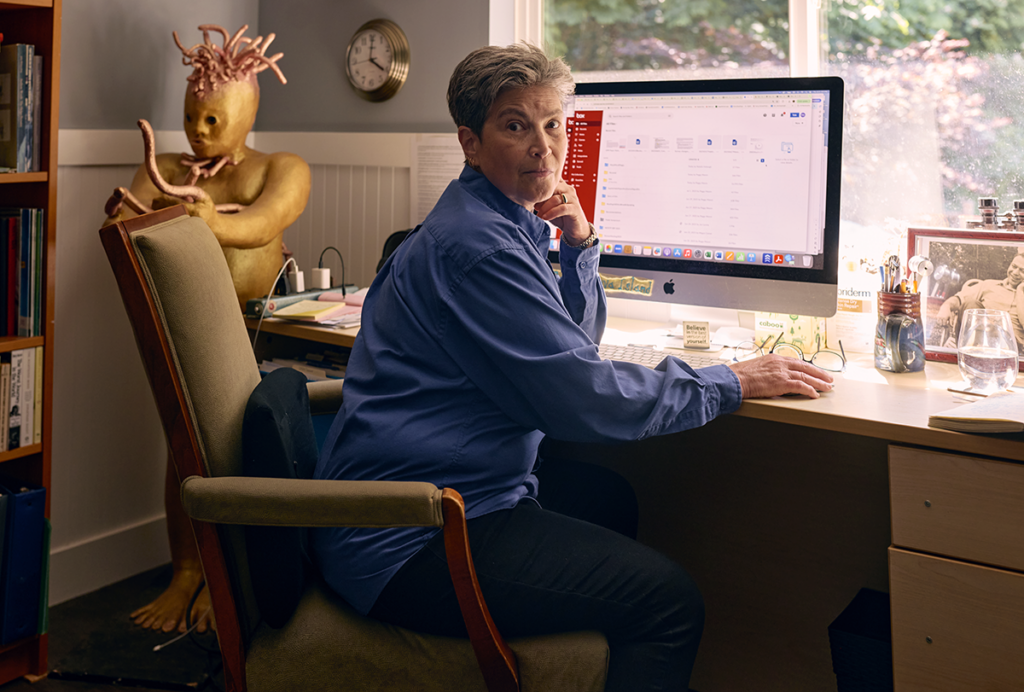
Up and out with Peggy Mason
Mason helped define the rodent prosocial behavior field, but now she’s changing course.
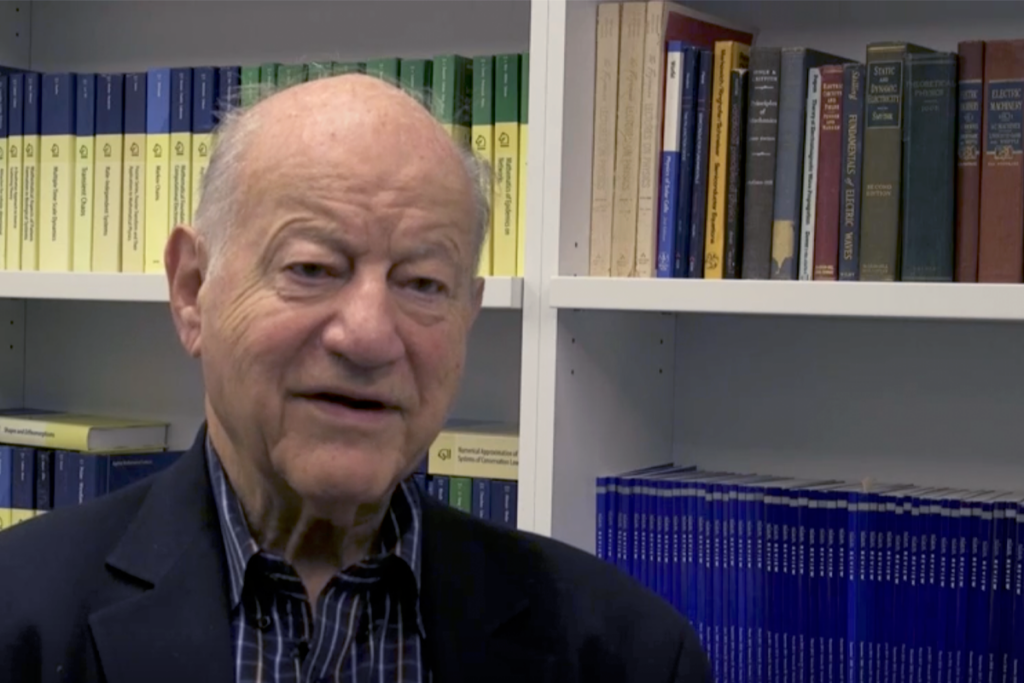
Neuroscientist Gerry Fischbach, in his own words
Facial movements telegraph cognition in mice
Michael Breakspear and Mac Shine explain how brain processing changes across neural population scales
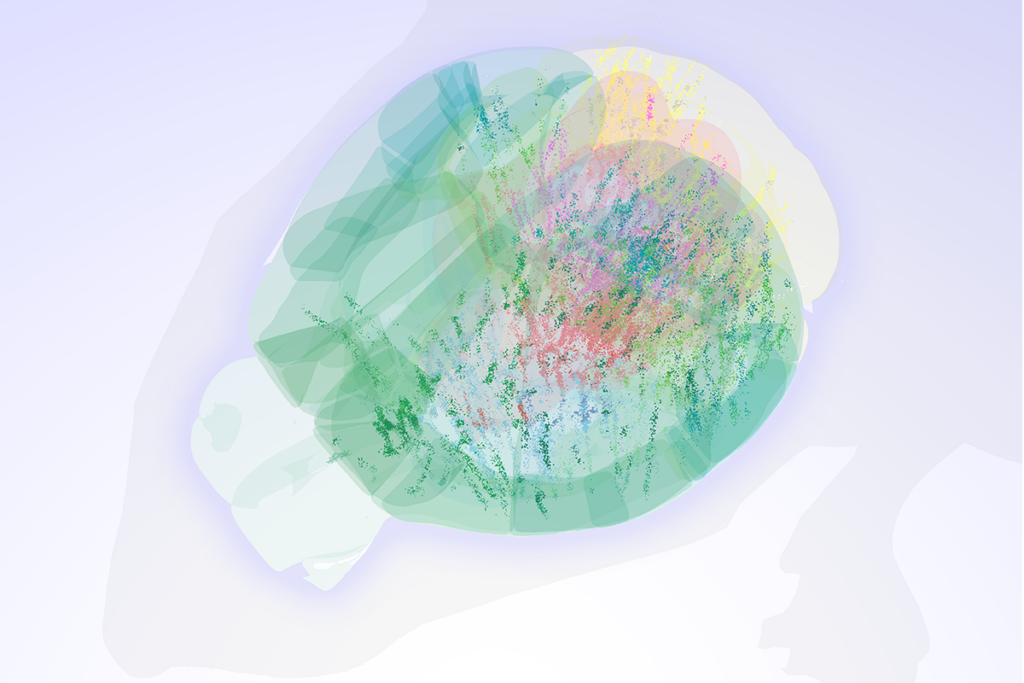
Everything everywhere all at once: Decision-making signals engage entire brain
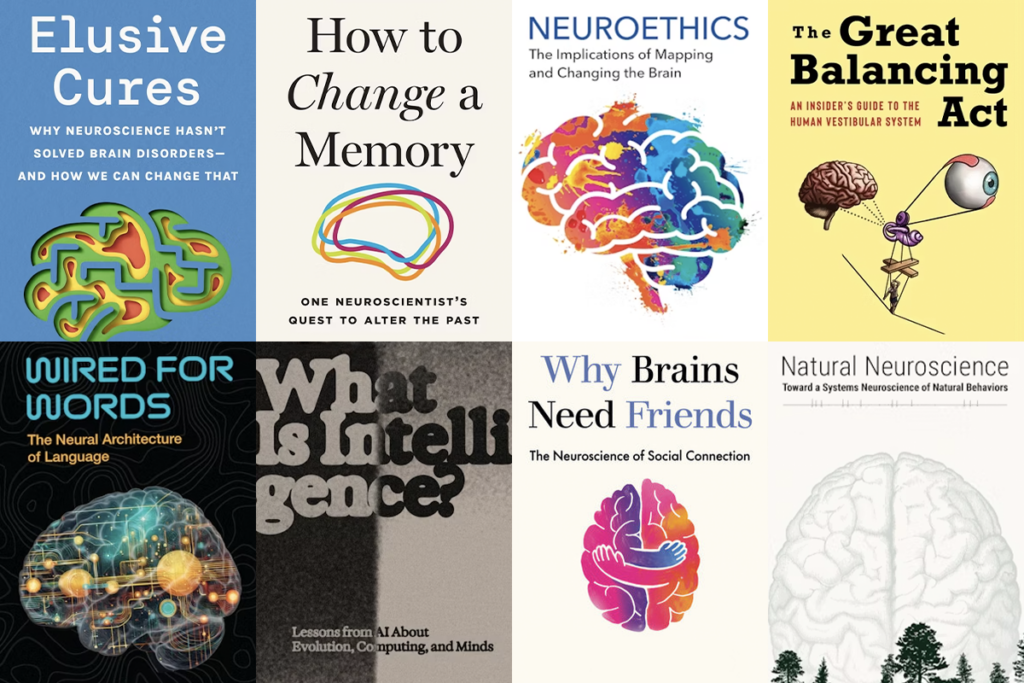
The Transmitter’s reading list: Six upcoming neuroscience books, plus notable titles in 2025
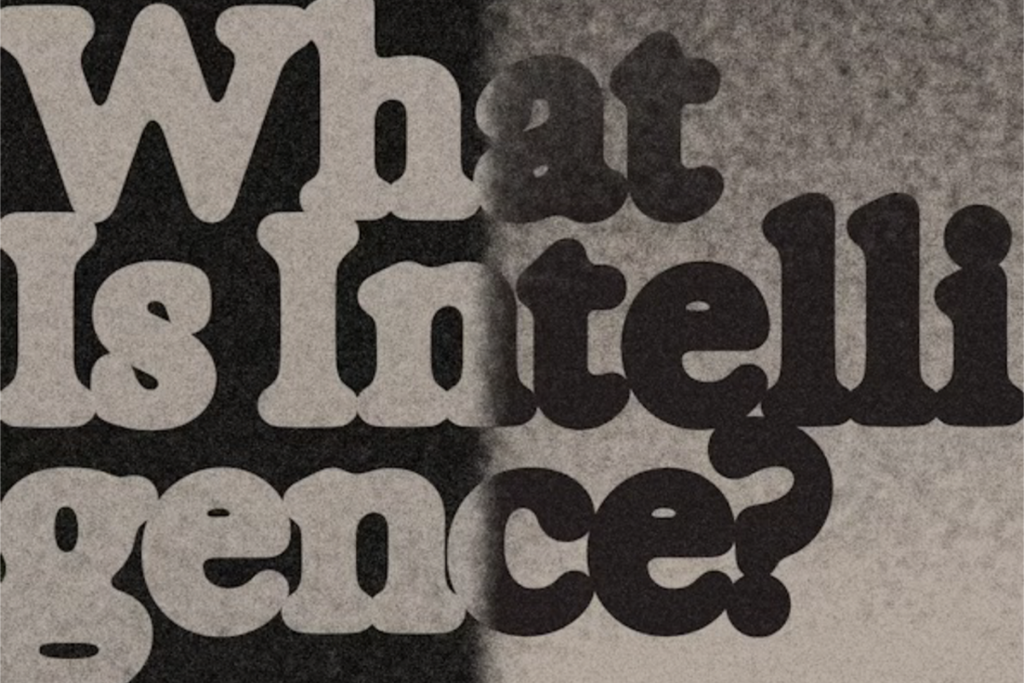
‘What Is Intelligence?’: An excerpt
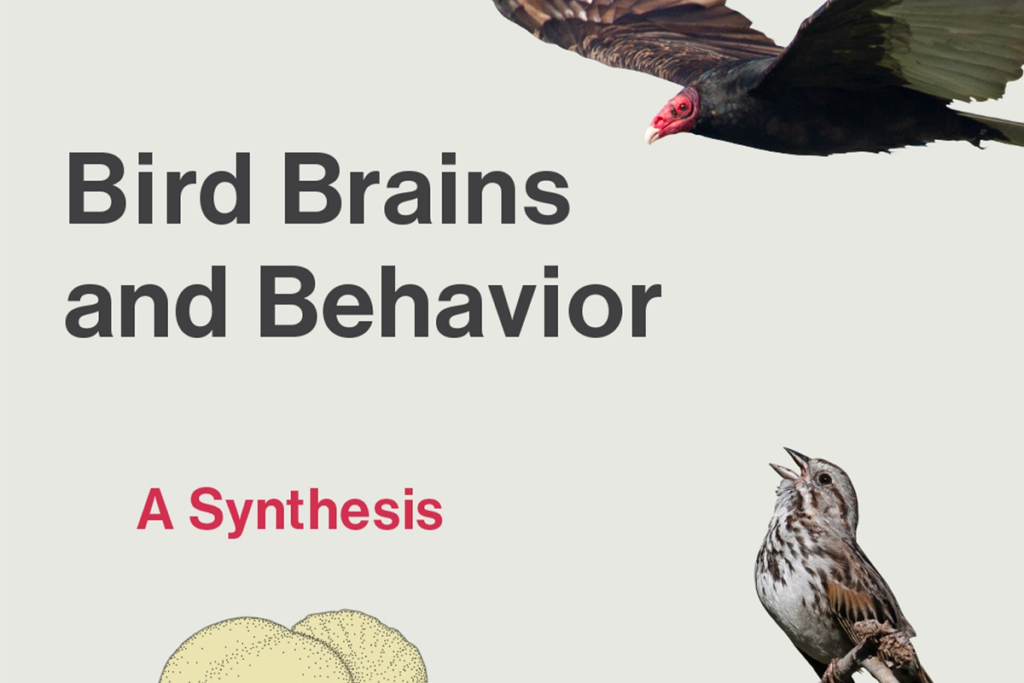
‘Bird Brains and Behavior,’ an excerpt
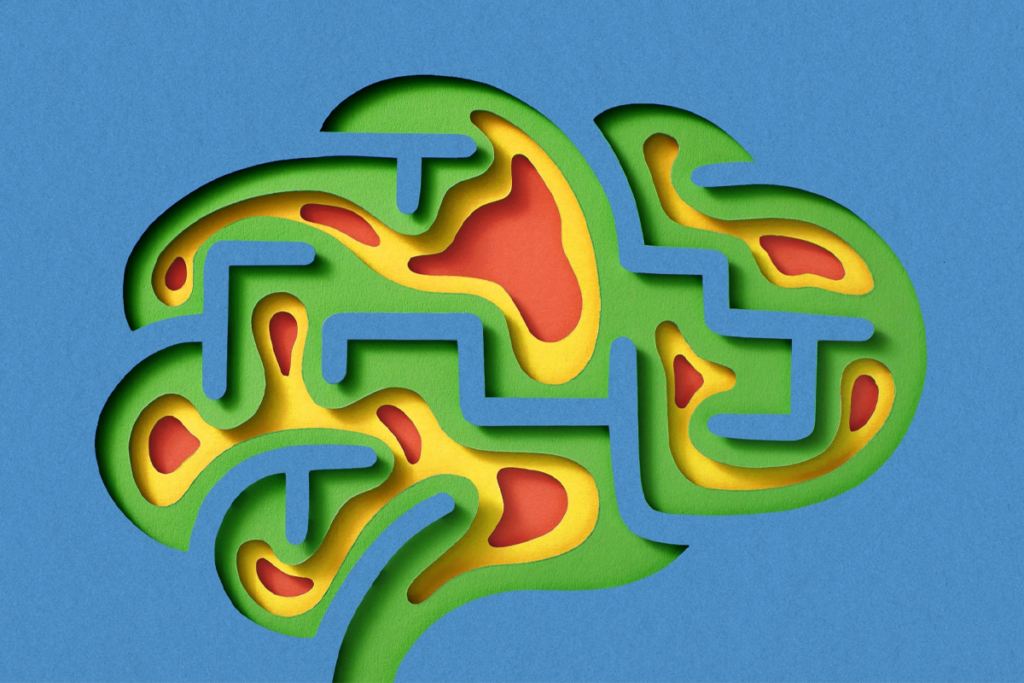
‘Elusive Cures: Why Neuroscience Hasn’t Solved Brain Disorders—and How We Can Change That,’ an excerpt
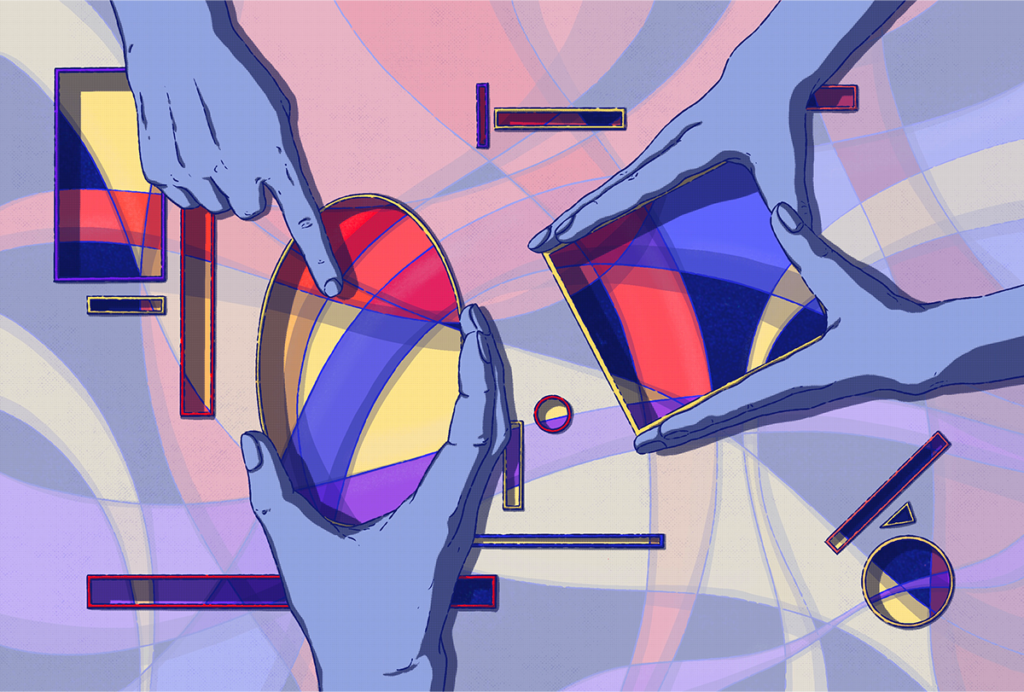
Emotion research has a communication conundrum
In 2025, the words we use to describe emotions matter, but their definitions are controversial. Here, I unpack the different positions in this space and the rationales behind them—and I invite 13 experts to chime in.
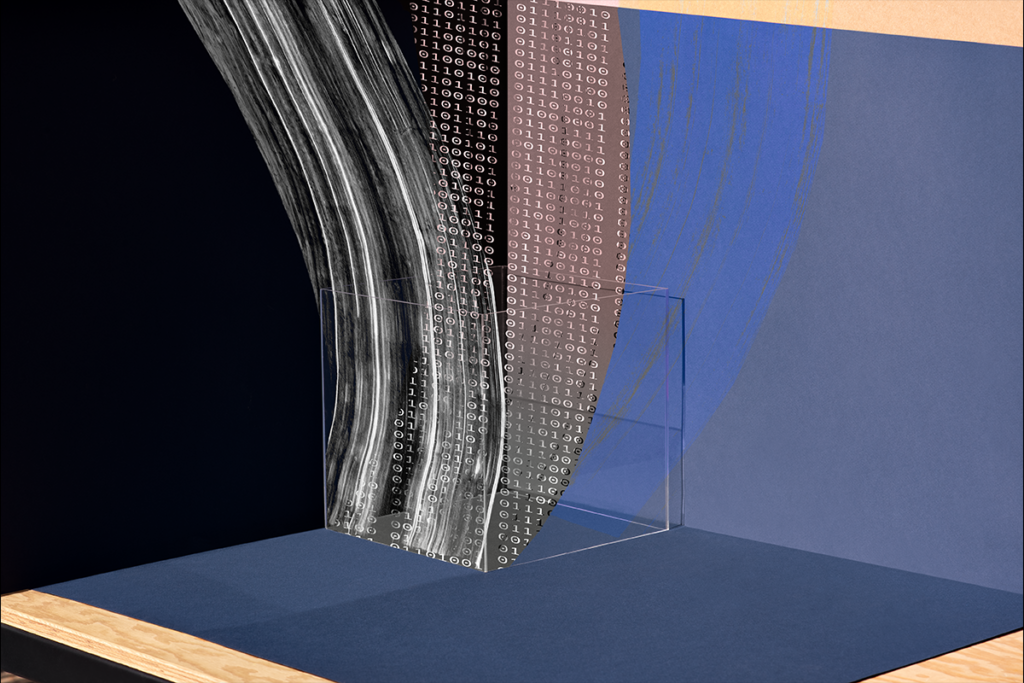
Accepting “the bitter lesson” and embracing the brain’s complexity
To gain insight into complex neural data, we must move toward a data-driven regime, training large models on vast amounts of information. We asked nine experts on computational neuroscience and neural data analysis to weigh in.
